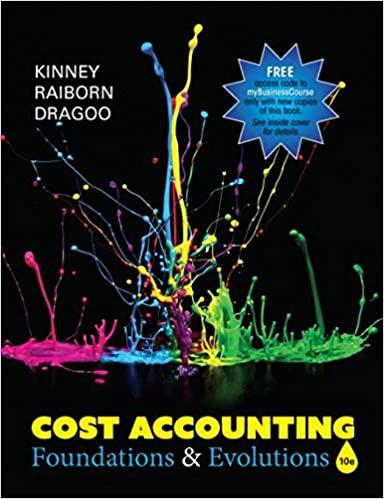just like make sure if I got right or not. if not could you please teach me how to fix it? I will give Rate with Thumb up thank you a lot




Fast-lift Company plans on setting up a new company in Singapore. They can purchase a building at a cost of $325,000 and equipment for $275,000. The project requires an initial working capital investment of $115,000. The working capital investment is to be made at the same time as the purchase of the building and equipment. The project's estimated economic life is seven years. At the end of that time, the building is expected to have a market value of $100,000 and a book value of $97,500. The equipment is expected to have a market value of $55,000 and book value of $70,000. Sales per year are expected to be $157,000 in the first year and escalate 3% each year from years 2 through years 7. Estimated annual variable manufacturing costs total $20,000 and fixed cost (excluding depreciation) will be $35,000 per year. Depreciation is expected to be $61,786 per year. Assume operating cash flows occur at the end of each year. The plant will begin operations immediately after the initial investment is made and the first operating cash flows will occur one year later Rates Income tax = 30% Cost of capital = 8% Required A) Compute the: 1) Initial investment, 2) Operating cash flow over the project's life, and the 3) Terminal value cash flows at the end of the expansion project economic life. B) Calculate NPV and IRR and determine if the projected should be accepted. C) Calculate and determine the total after-tax cashflows in year seven (7). D) Re-calculate the NPV and IRR with a tax rate of 15% and determine if the projected should be accepted. E) Re-calculate the NPV and IRR with a cost of capital of 5% and determine if the projected should be accepted. A) Compute the: 1) Initial investment, 2) Operating cash flow over the project's life; and the 3) Terminal value cash flows at the end of the expansion project economic life. All supporting excel worksheet is in the attached excel (1) Initial Investment = Cost of building + Cost of equipment + Initial Investment = $715000 (2) Operating cash flow = Sum of year 1 to year 7 cash flows = $861105.19 (3) Terminal value cash flows = $158750 B) Calculate NPV and IRR and determine if the projected should be accepted. NPV = - $105639.77, IRR = 4% Project should not be accepted as NPV Equipment 55,000 (70,000) (15,000) Total 155,000 (167,500) (12,500) 325000 275000 115000 Tax on sale 750 (4,500 (3,750) Total (Market value less taxes) 99,250 59,500 158,750 2) After-tax operating cashflows Sales Operating Expenses Depreciation Operating income before taxes Taxes Operating income after taxes 157,000 (55,000) (61,786) 40,214 (12,064) 28,150 161,710 (55,000) (61,786) 44,924 (13,477) 31,447 166,561 (55,000) (61,786) 49,775 (14,933) 34,843 171,558 (55,000) (61,786 54,772 (16,432) 38,340 176,705 (55,000) (61,786) 59,919 (17,976) 41,943 182,006 (55,000) (61,786) 65,220 (19,566) 45,654 187,466 (55,000) (61,786 70,680 (21,204 49,476 1,203,007 (385,000) (432,502) 385,505 (115,651) 269,853 Add back Depreciation After tax operating cashflows 61,786 89,935.8 61,786 93,233 61,786 96,629 61,786 100,126 61,786 103,729 61,786 107,440 61,786 111,262 432,502 702,355 3) Terminal year after tax cashflows After-tax salvage value Working Capital 158,750 Total after-tax cashflows (715,000) 89,935.80 93,232.80 96,628.71 100,126.50 103,729.22 107,440.02 270,012.15 861,105 Return on Investment NPV IRR ($105,640) 4.1% 4% Rates Cost of Capital (WACC) Tax rate 8.0% 30.0% Operating expenses Fixed costs Variable costs 35000 3.0% 20,000










